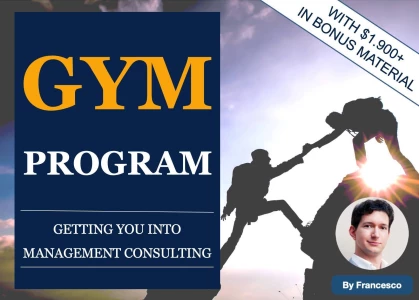I am recently informed by big 4s that the case interview will be 4 hours!! I can expect that a bunch of paper/documents will be given. Then I will have 1 hour to analyze it. Then I am ask to present it with my analysis and recommendation! It's quite different than MBB! Not concerned about my analytical skills. However, my reading and info finding skills need to be improved. Any suggestions to prep in the upcoming 1 month for this typical Big4 case interview?
Many thanks!










